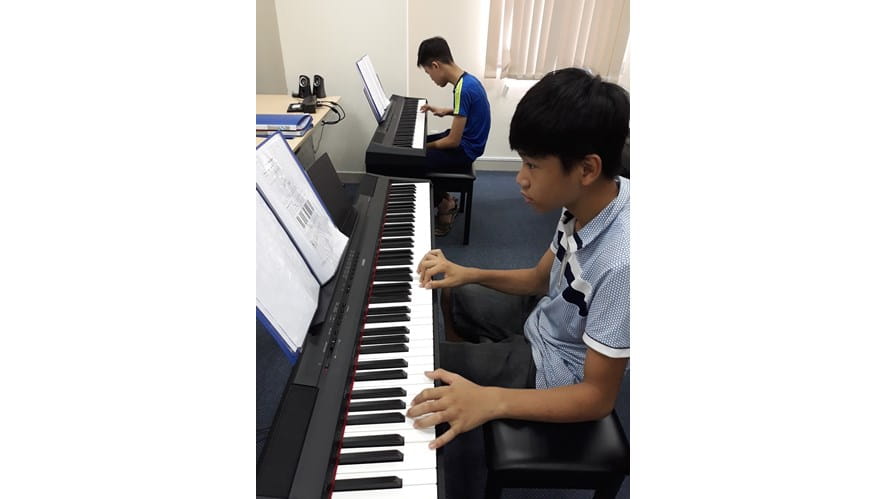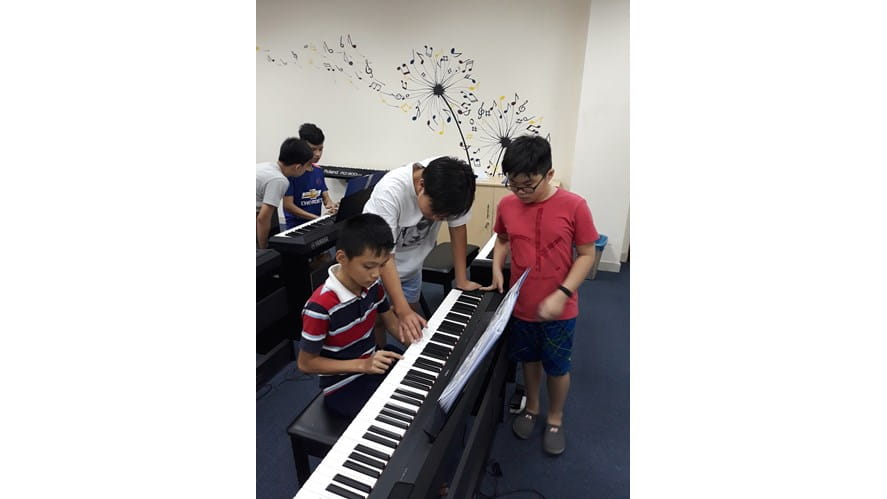We use cookies to improve your online experiences. To learn more and choose your cookies options, please refer to our cookie policy.
.png?h=347&iar=0&w=616&rev=e27df4cb353a4e7ebd08f3249b08421b&hash=F444A8AE6561407EFFA21903F9AEF43E)
Just got your child’s grade report? Flummoxed by all those National Curriculum numbers and letters? Struggling to understand the difference between 6b and 7a? Here is the BVIS’s brief guide to National Curriculum Levels for Secondary.
First the background…
BVIS follow the English National Curriculum and we assess students’ progress using the English National Curriculum Levels. Fundamentally, this sets out what students should learn in key subjects, such as numeracy, literacy and science. Schools are then required to assess students against attainment targets for each subject.

The assessment process is designed to help ensure children make adequate progress through their school careers, but it also informs planning, and measures a school’s performance. The information lets parents get an idea of how their child is doing compared to ‘national expectations’.
What should I be told?
For each subject at the end of Key Stage 3 you should be given a level with a number.
Levels are then divided into ‘sub-levels’ – the letters a,b or c. An ‘a’ means a child is performing very consistently and securely within the level and is ready for the next one, a ‘b’ means they are ‘secure’ and a ‘c’ means they are less so and just starting on this stage. A child achieving 1a would be working strongly within the level 1 criteria and be ready for level 2 work.
As a guide the expected levels for the end of each year group are:
Year 7: 5c
Year 8: 5a
Year 9: 6b
Some more able children will exceed these expectations, gaining a level 6 in year 7 or a level 7 in year 9, others will be working at a lower standard than those given above. If you’re concerned about your child’s results, make an appointment with their teacher.
How much progress should they make over a year?
UK expectations are that students are at Level 4 at the start of Year 7 and Level 5 or 6 by the end of Year 9.
The average student moves up two levels, or six sub-levels in three years, at an implied rate of two sub-levels per year.

But of course, this is just an aim and the amount of progress an individual student will make can be affected by all sorts of things – it’s perfectly normal to have a year where slightly less progress is made, or more for that matter. If you feel your son or daughter has made less than you’d expect, it’s definitely worth discussing it with school.
IGCSE and A level grades
For KS4 , grades in the reports show as A*, A, B, C, D, E, F or G
For KS5, grades in the reports show as A*, A, B, C, D or E